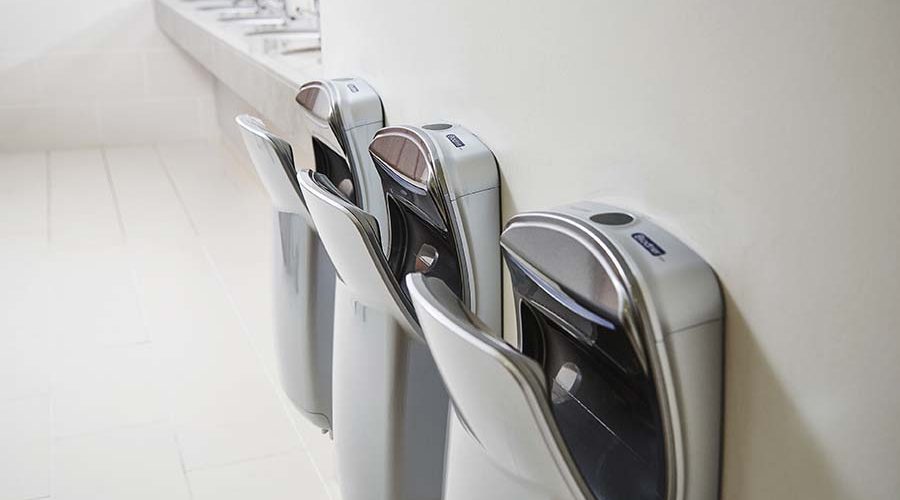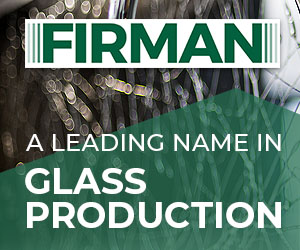The importance of touchless washroom technology has long been recognised for its benefits in respect of hygiene. However, COVID-19 has brought forward the mainstream adoption of these products. LowEnergyHandDryers.com explores some of the options available.
Low Energy Hand Dryers
It often takes a major event for technologies to jump from the niche to the mainstream, and the pandemic is certainly accelerating the rate of adoption of any products that can reduce the risk of disease transmission. This is why LowEnergyHandDryers.com invested during 2020 to offer clients an extended range of touch-free products that provide architects, contractors and clients with a complete ‘touchless washroom’ package.
How to go contactless
The motion sensor technology incorporated into touchless washroom products is already proven and similar to that used in other areas of our lives, such as lighting and automatic doors. An infrared sensor on the device is triggered when an object – your hands or body – moves into its path, which bounces back into the sensor and switches it on.
The key solutions now available to upgrade an existing washroom or create the safest new facility include:
Automatic low-energy hand dryers
Probably one of the earliest adoptions of touchless technology, automatic hand dryers have already been shown to be effective in helping washroom managers and cleaners improve infection control and reduce the costs associated with other hand drying methods, such as paper towels or linen roller towels.
Today’s generation of low-energy dryers, such as the Diamond Dryer or Biodrier Executive, provide these hygiene and waste-saving benefits with energy efficiency and operational advantages. Powerful drying is delivered with low-energy usage as low as 300W, and brushless motor technology, combined with a design that minimises the number of components used, ensures a long service life with minimal, easy maintenance.
Sensor taps
Increasingly common in commercial washrooms, automatically-operated sensor-controlled taps switch on when the tap’s sensor detects hands placed beneath the tap opening. This triggers the valve for water to be released for a set period of time allowing users to wash their hands.
Popular for their efficiency and ease of use, sensor taps work intuitively, and because no physical touching is needed to operate them, they can significantly reduce the spread of bacteria. In addition, their controlled water flow prevents the risk of taps being left on accidentally to save significantly on the cost of water in comparison with traditionally-operated taps.
Touch-free hand sanitiser and soap dispensers
Touch-free dispensing brings better hygiene to any environment and helps monitor the use by controlling the amount of soap. The COVID pandemic has seen the installation of these types of dispensers in many public buildings to allow users to sanitise on entry and exit, so the public are increasingly used to seeing this technology in action and are comfortable with it.
No-touch flushing toilets
Much like sensor taps, no-touch flushing toilets are popular with users and effective in infection control. The technology is mature and well-refined to offer reliability and a long service life. Electronically-operated and programmable, these WC flushing systems can reduce water use by as much as 30% and prevent the cost and inconvenience associated with the common issue of handle maintenance and repair.
Protecting users, minimising risk
The development of touchless products demonstrates how technology has the potential to reduce public health risks and keep building users as safe as possible. That needn’t come at the expense of washroom aesthetics or operational efficiency, and in fact this will be enhanced in most cases too. Coupled with more fundamental washroom design changes, such as increasing the spacing between sink basins and urinals and using more wall-hung sanitaryware to allow for easier floor cleaning, our washrooms of the future are set to look very different and are here today.











